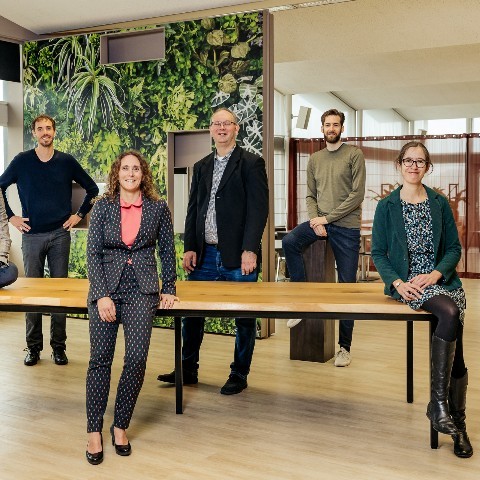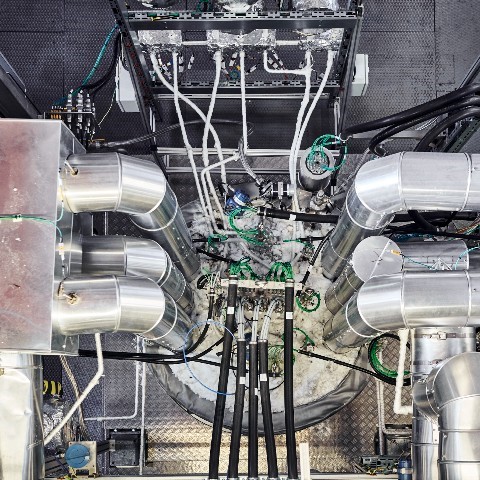Liquid Metal Fast Reactor Research Program
- Liquid metal and fast reactor tailored irradiations
- Broad and ambitious public R&D and dedicated research for LMFR developers
- Nuclear technology for the future
Our Research Program helps bringing LMFR technology closer to reality through advanced design and safety analyses and unique data from dedicated irradiation experiments.
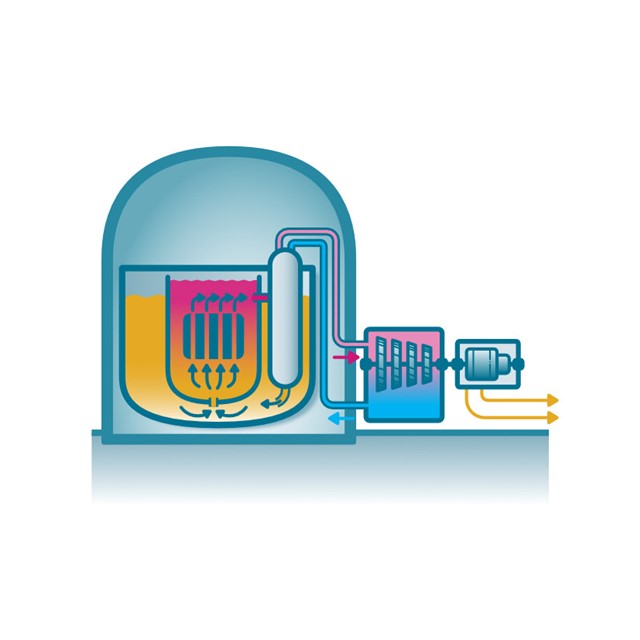
About NRG’s Liquid Metal Fast Reactor research program
NRG has elaborate expertise in the field of design and safety analyses for LMFRs (LMFR). Apart from that, NRG has performed a series of dedicated irradiation experiments to provide practical knowledge on fuel and material irradiations for LMFRs. Metal-cooled fast reactors have been in use since the dawn of the civil use of nuclear applications. The very first nuclear reactor generating electricity was of this type. After that, several LMFRs have been operated worldwide, even today. LMFRs allow to extract about 20 times more energy from uranium. On top of that, metal-cooled reactors do not require high pressure like water-cooled reactors which allows attractive options for application of passive safety systems leading to a beneficial safety characteristic. Finally, this type of reactor can be designed in a way that spent nuclear fuel can be recycled efficiently and transmute long-lived nuclear waste into shorter-lived nuclear waste.
NRG focuses especially on the development of safety analyses for this type of reactor. Since liquid metal transports heat very well but retention of the heat is more difficult, specific knowledge is required to analyse the cooling of liquid metal reactors. NRG employs this expertise for design and safety analyses of fuel elements, the reactor vessel and the complete cooling system. Apart from that, NRG supports research and development for fuel and materials through dedicated irradiation experiments in the unique nuclear infrastructure of NRG using its expertise in irradiation research and instrumentation.
Most of the work in this area of expertise is performed within the research programs sponsored by the Dutch government and partly sponsored by collaborative projects in the frame of the research programs of the European Commission.
Sustainable nuclear energy through liquid metal fast reactors
In a short video, two NRG experts explain how their computer simulations contribute to the development of LFMRs in collaboration with the Belgian SCK CEN.
Activities of the LMFR research program
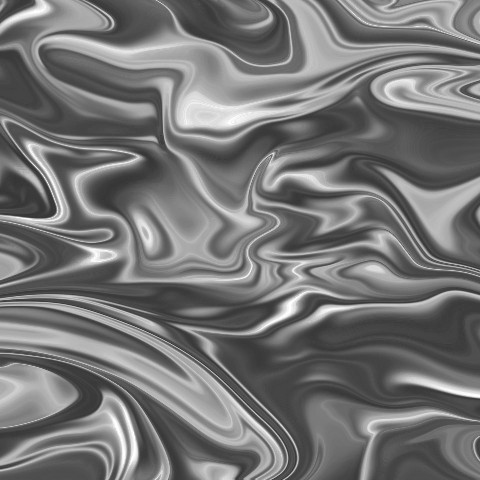
Heat transport
Adequate modelling of heat transport in a nuclear reactor is fundamental. NRG develops innovative modelling approaches to analyze this heat transport in a reactor under all circumstances. New models are being developed based on data from international experiments and high resolution simulations of relatively simple situations. These new models are then tested with additional available data to determine whether the models also perform well in more complex situations in a nuclear reactor.
Fuel elements
For design and safety analyses, designers wish to know how the heat produced in the fuel is transported to the coolant. This starts with the analysis of normal reactor operation. However, it is known that even under normal operation, fuel elements may be deformed as an outcome of the manufacturing process and the influence of high temperatures and irradiation. Therefore, it is important to analyze the influence of such deformations on the heat transport. Next to that, also all kinds of anomalies or accident situations need to be considered. The heat transport should remain sufficient under all circumstances and fuel leakage should be prevented. The coolant in the small spaces between neighbouring fuel elements can be beneficial for this. Finally, designers wish to know whether the fuel pins will exhibit excessive vibrations induced by the liquid metal flow. The NRG research program comprises all these aspects.
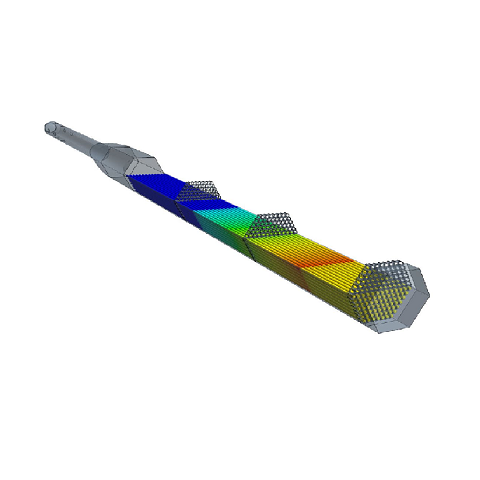
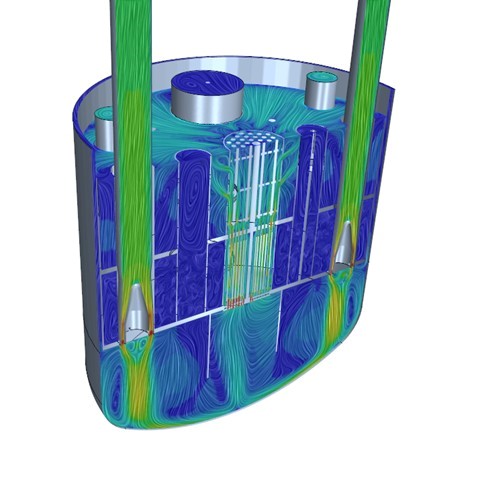
Reactor vessel and cooling system
Knowledge of the flow and heat transport throughout the complete reactor vessel and cooling system is required for safety analyses. Traditionally, this is done using so-called 0- or 1-dimensional thermal hydraulics system codes. Such codes subdivide the cooling system of a reactor into 0- or 1-dimensional elements. For LMFRs, these codes need adaptations and especially validation to gain trust in the simulation model. Above that, the 3-dimensional flow in a typical LMFR vessel requires 3-dimensional modelling. This technology exists but requires immense computer power. That is why NRG experts focus on efficient modelling of the large components in the vessel, like the core, heat exchangers, and pumps, and on coupling traditional 0- or 1-dimensional codes to dedicated 3-dimensional models where needed.
Fuel and material irradiations
Fuels and materials for LMFRs differ from fuels and materials for water-cooled reactors. In fast reactors, neutrons are not moderated. That leads to different behaviour of the fuel and a different influence of neutrons on material behaviour. NRG performs experimental irradiation programs in the High Flux Reactor for international collaborative actions. The High Flux Reactor is cooled with water but by clever design of the experiment, the circumstances in the experiment can simulate a fast reactor. The goal of such research is to learn how fuels and materials deform under the influence of irradiation and to determine experimentally which fission products are produced and how these are released. Part of the required measurements can be performed while irradiating. Another part can only be determined after the experiment has been taken out of the reactor. This post-irradiation examination takes place in dedicated cells which retain the irradiation within the cells.
These cells allow to disassemble the experiment and examine the fuel or material. The first examination is mostly non-destructive. The material is examined for changes and deformations visible from the outside and for the distribution of fission products. After that, destructive examination can be done, e.g. by cutting the material. Again, changes and deformations can be determined. However, this also allows the preparation of samples for various types of microscopes. With the help of these microscopes, the structure and porosity of the material can be determined. This also allows us to obtain element concentrations and perform crystal characterization.
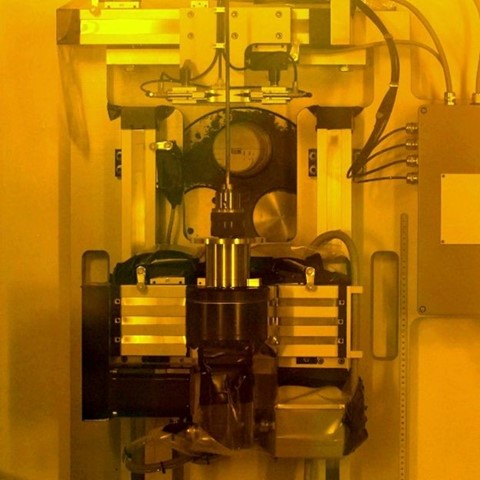
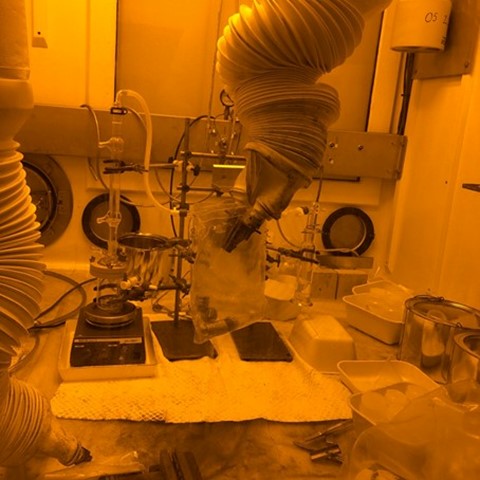
Dissolution and recycling of nuclear fuel
Fast reactors can be designed in such a way that used fuel can be recycled efficiently and transmute long-lived radioactive waste to short-lived radioactive waste. To achieve this, the useful elements need to be separated. Subsequently, safe storage needs to be designed or determined for the non-useful fission products. NRG performs research on the dissolution of spent fuel and various approaches allowing to separate useful elements.
More information about Liquid Metal Fast Reactors?
We are happy to tell you more. Tell us your question and we will contact you.
Meet the team
